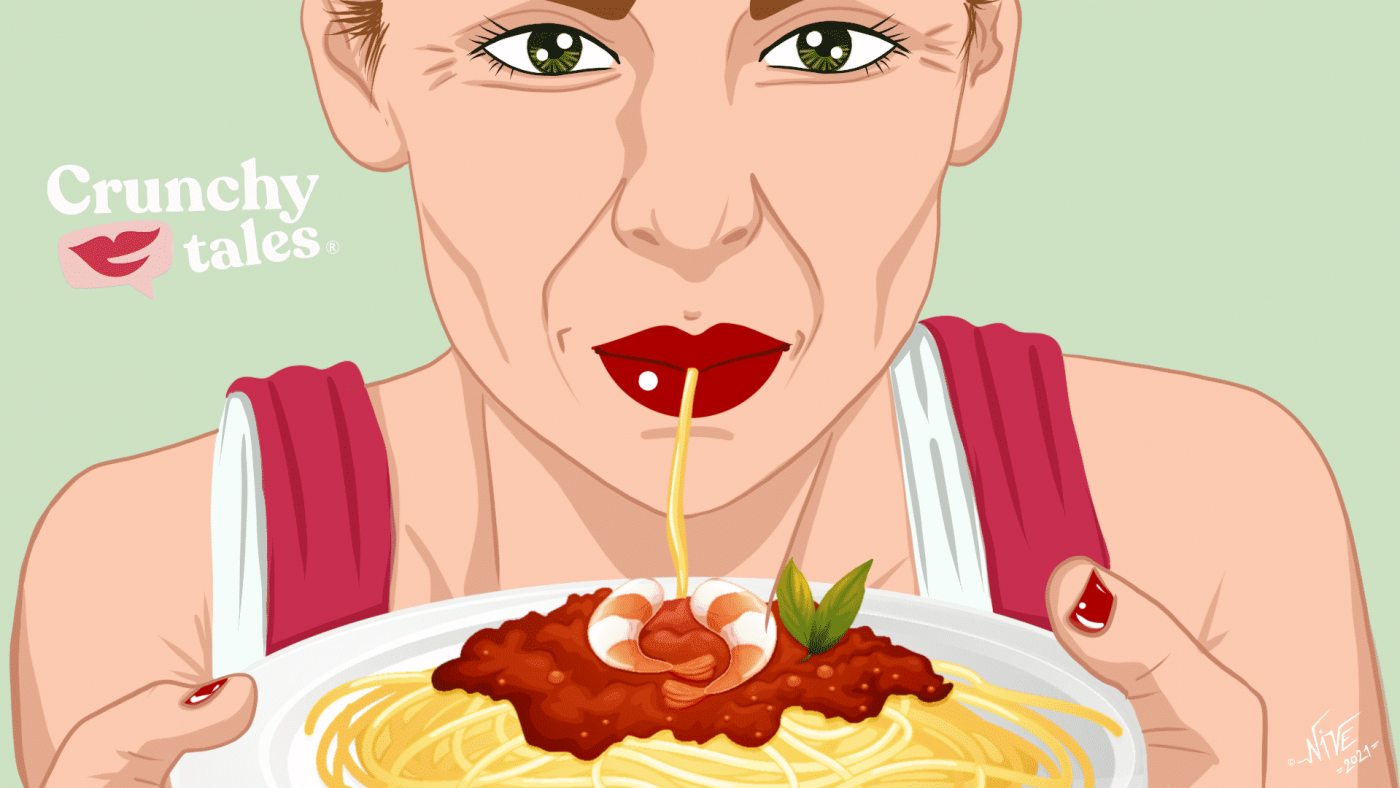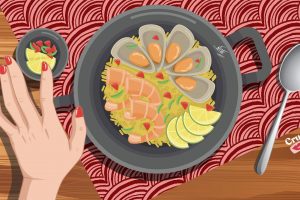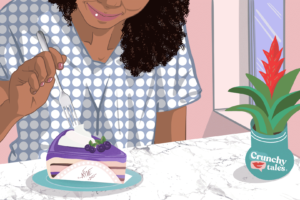How To Pick The Right Pasta For Your Sauce Without Feeling Guilty
Are you a pasta lover? Believe it or not, there are over 500 pasta shapes for you to try. Whether you love rigatoni, tortiglioni, penne or fusilli, the real challenge is pairing them with the right sauce.
“The right sauce in combination with the right pasta creates gustatory magic,” says Italian American chef Lidia Bastianich. “You may not think about it every time you open a box of pasta, but the shape you choose plays an important role in the outcome of the dish. The right shape can make a good sauce great; the wrong shape can dampen the appeal of even the best sauce.”
A good rule of thumb is this: the chunkier the sauce, the chunkier the pasta should be, while lighter, more delicate and thinner sauces are better suited to thinner shapes. The choice of the shape and size of pasta is not linked to a reason of aesthetics, but rather to the matter of finding the ingredients that mostly bind with that particular type of pasta and exalt its taste. It’s a matter of love and passion.
Usually, any pasta cut gets on well with simple sauces made with butter, oil and some fresh herbs. However, some shapes demand a proper dressing. For instance, baked pasta dishes require short cut pasta like Penne, Shells or Rigatoni with hollow middles, twists or scoop-like shapes to capture all the goodness of the condiment. On the other hand, if you plan a family meal, you won’t go wrong pairing rich tomato relish or meat sauce, such as a hearty ragù Bolognese, with tubular shapes like Bucatini, Fusilli, Fusilli col Buco, Linguine, Mezzi Paccheri, Penne Rigate or Tortiglioni. Of course, Tagliatelle and Pappardelle are welcome, too.
But what if you are up for cheese sauces? Cavatappi, Casarecce, Farfalle, Mezzi Paccheri, Orecchiette can enhance the taste of your creamy recipe thanks to their sauce-hugging curves, hollows and scoopable shapes. Seafood lovers would instead enjoy pairing the light and silky texture of seafood sauces with long cuts like Linguine, Capellini (sometimes referred to as “angel hair”) and Thin Spaghetti.
Of course, pasta can be a great option for salads and even broth-based soups. In the first case, the best result depends on what complements the ingredients you choose for making the sauce. Usually, Farfalle, Fusilli and Orecchiette are the ones that allow you to be creative without losing the taste when gets cold.
In the second case, you can go wrong using tiny pasta like Stelline, Orzo, Anellini or Ditalini Rigati. Use these piccole pastine to transform your next minestrone into a hearty, satiating meal by simply adding them to the soup 5 to 7 minutes before you’re ready to serve. They’ll puff up and soak up the broth, creating a thicker, chunkier consistency. You won’t get wrong using tortellini, too.
Now, you might be concerned about spoiling your diet plan with all these carbs. Well, according to research, recently published in the BMJ Open by Canadian researchers at St. Michael’s Hospital, eating pasta 3 times a week won’t make you gain weight, and it could even help you lose it.
Pasta has a low glycemic index, which means it causes smaller increases in blood sugar levels than most other refined carbs, such as rice and white bread.
The study’s conclusion also reads: “Pasta in the context of low-GI dietary patterns does not adversely affect adiposity and even reduces body weight and BMI compared with higher-GI dietary patterns.”
However, midlife women probably do need to cut back on portion sizes. Serving plates are now a full 2in-3in bigger than they were in the 1960s. If you want to know how big your dinner plate should be, experts advise you to put your hand on a piece of paper and spread out your fingers as widely as you can. Then, draw a circle around your outstretched hand. That’s the size of your ideal dinner plate.




